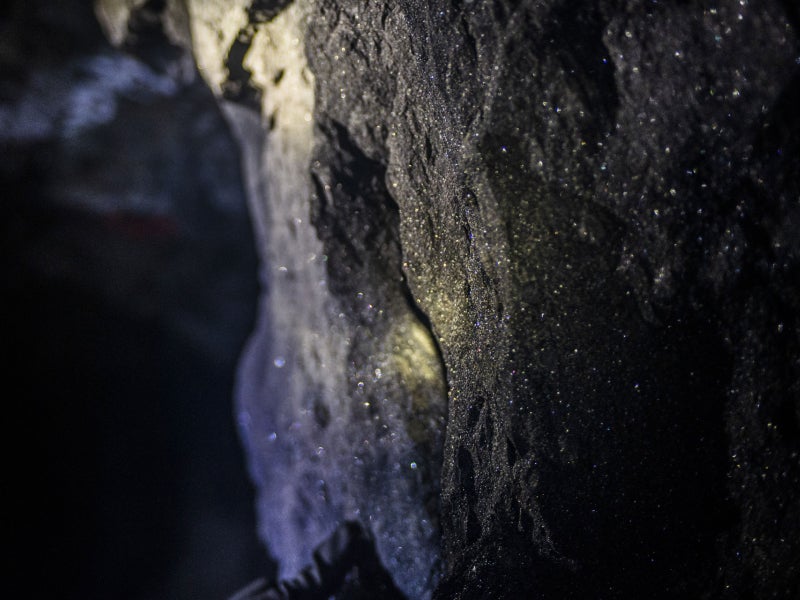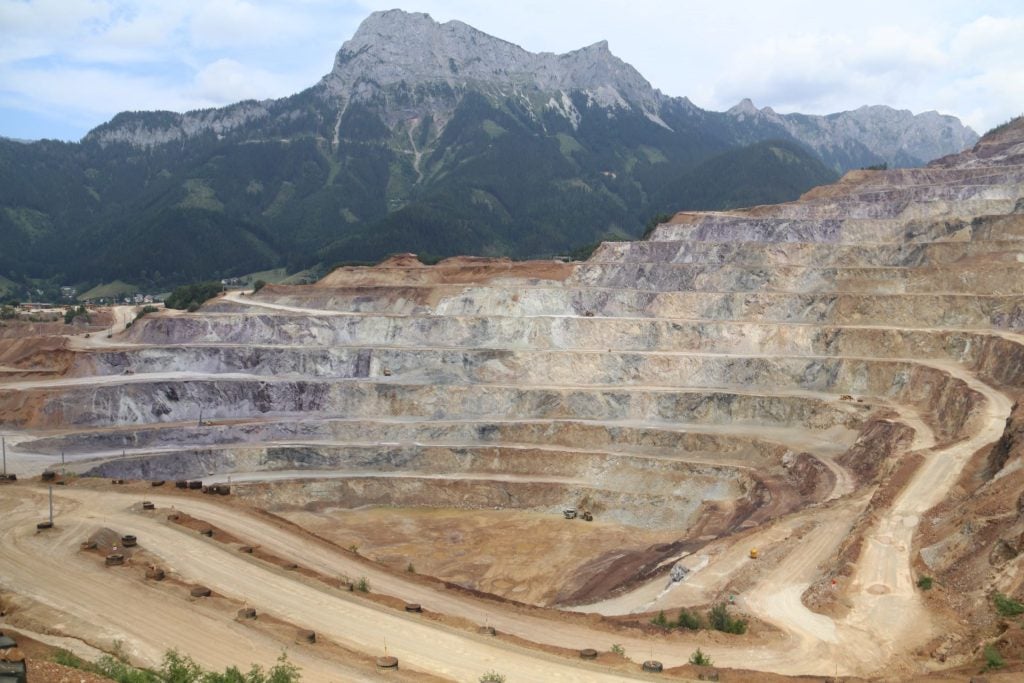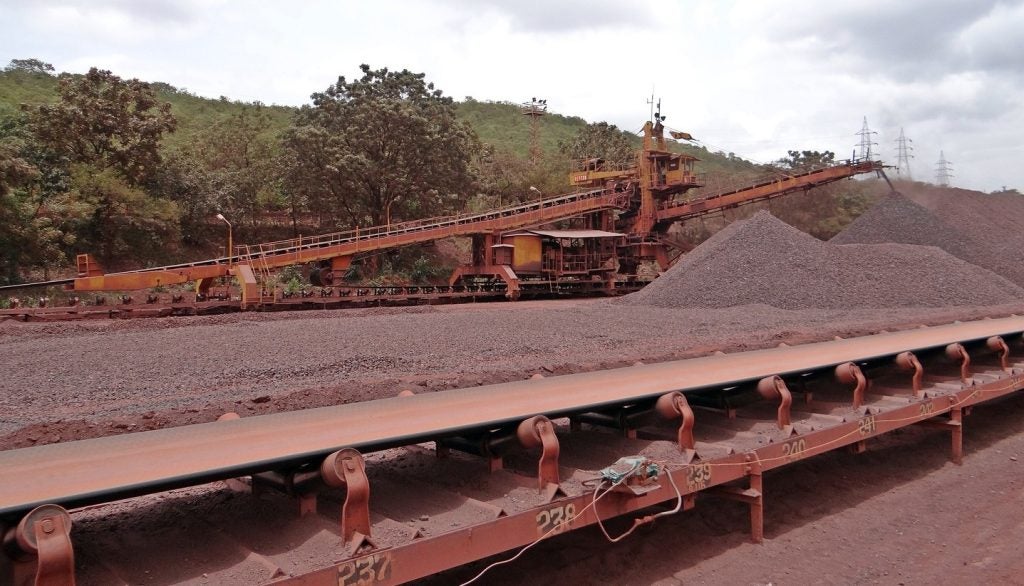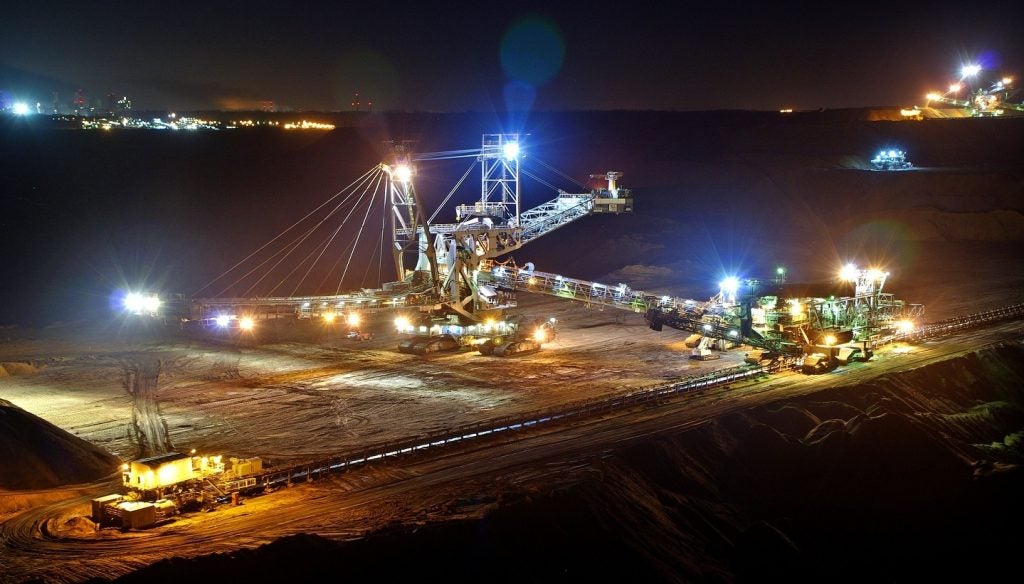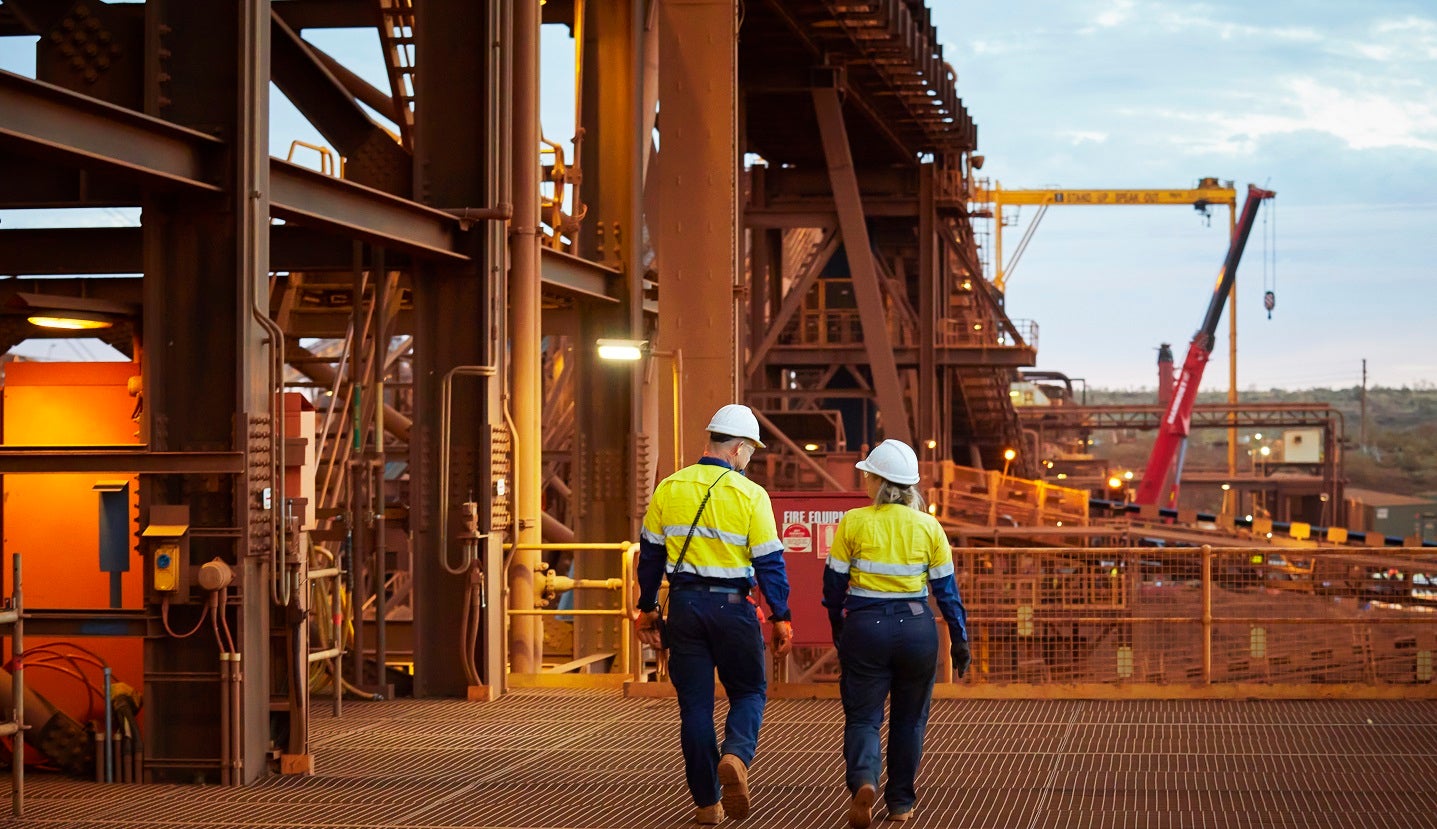
Fortescue Metals Group has cut its interim dividend as it registered a 15% decrease in its first-half net profit, driven by reduced iron ore prices and rising production costs.
The Australian iron ore producer’s underlying net profit after tax in the six months ending 31 December 2022 (H1 FY23) was $2.37bn, versus $2.78bn in the prior year.
The decline came despite record half-year iron ore shipments of 96.9 million tonnes (Mt), up 4% from 93.1Mt in H1 FY22.
Ore processed was 98Mt in H1 FY23, up from 97.6Mtpa ago. Ore mined dipped 3% to 114.8Mt from 118Mt.
Underlying earnings before interest, tax, depreciation and amortisation (EBITDA) dropped 9% to $4.35bn from $4.76bn while revenue fell 4% to $7.84bn.
Increasing costs of energy, maintenance materials, and labour led to a 14% year-on-year rise in C1 production costs to $17.43 per wet metric tonne (wmt).
The firm announced an interim dividend of A$0.75 ($0.52) a share, compared with A$0.86 in the previous year.
This interim dividend equated to 65% of the firm’s half-yearly profit, which aligns with its policy to distribute 50-80% of profits to shareholders.
However, this is lower than the miner’s interim payout of 70% of its earnings in H1 FY22.
The reduction in payout comes as Fortescue focuses on clean energy through its Fortescue Future Industries (FFI) unit. The subsidiary’s half-year operating expenses climbed to $283m from $174m a year ago.
Meanwhile, last week, Reuters reported that the miner is looking to cut up to 1,000 jobs, which could impact FFI.
Looking ahead to FY23, Fortescue projects iron ore shipments of 187Mt-192Mt, and capital expenditure between $2.7bn and $3.1bn, excluding FFI. However, it warned that inflationary pressures will remain a risk.
Last September, the firm unveiled plans to spend $6.2bn to eliminate the use of fossil fuels from its iron ore operations by the end of 2030.
This includes a $1.3bn investment in a fleet of low-carbon vehicles.


